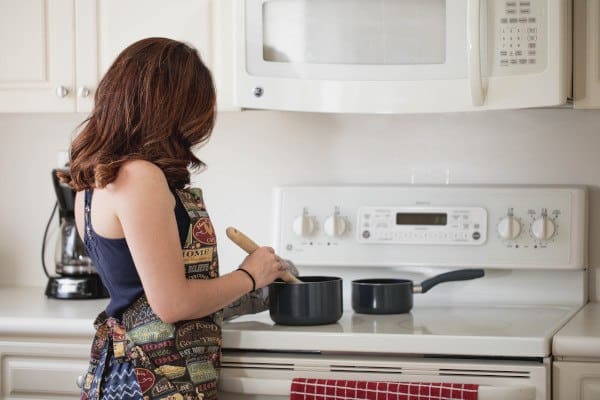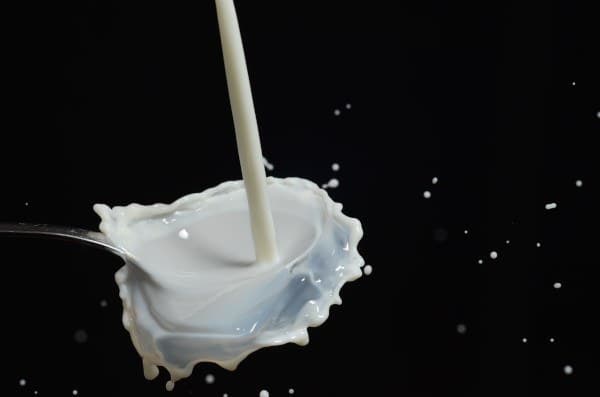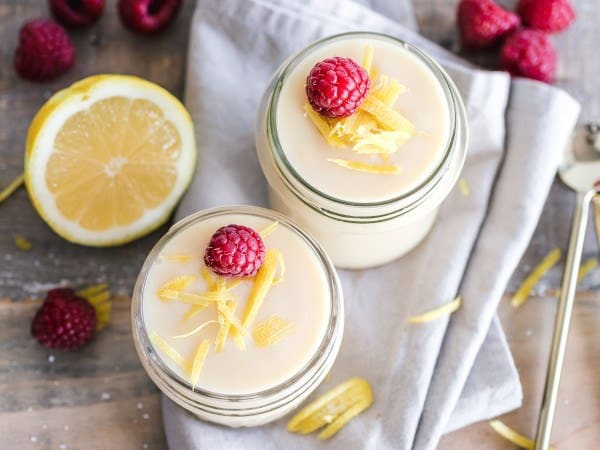Consuming yogurt is an excellent and healthy way by which you can incorporate dairy into your diet. And, making your own yogurt at home is very easy and once you try yogurt that’s made at home, you will never want the store-bought variety again. Not only does homemade yogurt taste great, but it also feels wonderful to eat healthy yogurt that you have created.

Making yogurt at home is not difficult at all and all you need is a yogurt starter culture to get started. While you can use plain yogurt bought from the store as a starter, you can also make your own starter culture. So, how to make your own yogurt starter culture? It is quite an easy process to make your own starter culture, which you can use to make your own homemade yogurt.
Table of Contents
What Is a Starter Culture?
Firstly, let us understand what starter culture is. Starter cultures are essentially the bacteria in yogurt that help in the fermentation process. The main cultures present in yogurt are Streptococcus thermophilus and Lactobacillus bulgaricus. The starter cultures help to convert the lactose or milk sugar to produce lactic acid.

When the lactic acid increases, the pH decreases causing the milk to curdle or ferment, producing yogurt. The fermentation process of the lactose in the milk also produces the flavor compounds which gives the yogurt its classic tart and tangy flavor. The production of lactic acid also changes the protein structure, giving the yogurt its texture and allows you to store the yogurt for longer.
According to law, it is only necessary for yogurt to contain the two cultures, i.e., Streptococcus thermophilus and Lactobacillus bulgaricus. However, manufacturers add other probiotic cultures to the yogurt, such as Lactobacillus subsp. Casei, Lactobacillus acidophilus and Bifidobacteria, which have several health benefits such as improving the gastrointestinal function, gut health, lactose digestion and also stimulating the immune system. Every yogurt starter has a blend of different bacteria, which produces yogurt of different thickness and flavor.
Types of Starter Cultures
There are different types of yogurt starters and you can choose from vegan to Greek to Bulgarian. All these starter cultures contain probiotic bacteria and can culture different types of milk. Each yogurt starter culture can vary in terms of consistency and taste and you can select one depending on your personal preference.
Taste
When the milk ferments, it becomes acidic and this imparts the distinctive tangy and tart taste of yogurt. The flavor of the yogurt can vary from being slightly tart to fairly astringent and the taste varies with the type of culture you use and the length of time for culturing. The longer the fermentation, the more tart is the flavor of the yogurt.
Texture and Consistency
The thickness and texture of homemade yogurt can vary significantly and depends on the starting culture used, the temperature of culturing, the time and the kind of milk used. Some types of yogurt can be creamy, gelatinous or ropy, while other types may be sufficiently thin that you can drink it. Greek yogurt is very thick and requires the whey to be completely drained out. Most of these variations in the different types of yogurt are because of the kind of bacteria in the starter culture.
Heirloom vs Direct-Set Cultures
Heirloom or Reusable Cultures
Heirloom or reusable starter cultures can be used indefinitely. With each batch of yogurt that is made, some of the yogurt is kept to add to the fresh milk to make more yogurt. The reusable cultures must be propagated once in 7 days at least, in order to retain the vigor of the bacteria.
Direct-Set or Single-Use Cultures
Also known as single-use cultures or direct-set cultures, when added to milk, they produce one batch of yogurt. You can re-culture the direct-set starter 2 to 3 times by using some of the yogurt as a starter culture for a fresh batch of yogurt. However, eventually, you will have to use a new powdered starter. Usually, non-dairy milk cannot be re-cultured.
How to Make Your Own Yogurt Starter Culture
Now, we will be discussing a couple of ways of how to make your own yogurt starter culture at home.

Method 1
What You Need
Directions of How to Make Your Own Yogurt Starter Culture
- 1Take the milk in a saucepan and heat it to 120 degrees and then pour the milk into a container.
- 2Take a large pod of cardamom and break it into two and place both halves of the pod into the milk until the pod is submerged completely. If you are not able to get cardamom pods, you can use cardamom seeds instead. Use around 20 cardamom seeds.
- 3Using a spoon or a whisk, push the cardamom pods or seeds under the milk until they are completely submerged. Take care not to stir the mixture, because this may hamper the process of curdling.
- 4Cover the container with a towel or cheesecloth and keep the container on the counter in your kitchen or in a warm place that is around 70 degrees. You can wait overnight or around 10 to 14 hours until the milk curdles.
- 5Check the starter to make sure that it has curdled properly. The yogurt starter should smell sweet and not pungent or sour and should have thick curdles.
- 6When the yogurt starter has curdled sufficiently, pour the starter into a bowl and then remove the cardamom pods or seeds.
- 7Take a clean glass container with a tight screw top and pour the yogurt starter into it. Then tightly close the top of the container. Store the starter in the fridge for around 3 weeks.

Method 2
What You Need
Directions of How to Make Your Own Yogurt Starter Culture
- 1Pour the milk into a saucepan and heat it until the milk is 185 degrees. You can make use of whole milk, skim milk, soy milk or organic milk.
- 2Let the milk cool down until it is around 110 degrees
- 3Add the dry culture to the milk as per the manufacturer’s instructions. The instructions of every culture manufacturer are different, so it is always a good idea to check the instructions on the label before you mix the culture into the milk.
- 4Stir the mixture very well.
- 5Pour the mixture into a quart-sized glass jar with a tight lid. While glass jars are the best for the purpose of making a yogurt starter, plastic bottles can work too.
- 6Fill two jars with hot water and place it in the cooler.
- 7Place the jar with the yogurt starter into the cooler and close the lid of the cooler.
- 8Let the yogurt starter sit in the closed cooler for around 4-6 hours.
- 9Once the curds have formed, store the yogurt starter in the refrigerator.

So, now that you know how to make your own yogurt starter culture, you are all set to make your own delicious and healthy yogurt right in your own home anytime at all. And, you can now enjoy eating yogurt anytime you want with your favorite fruits, toppings, honey or maple syrup.
